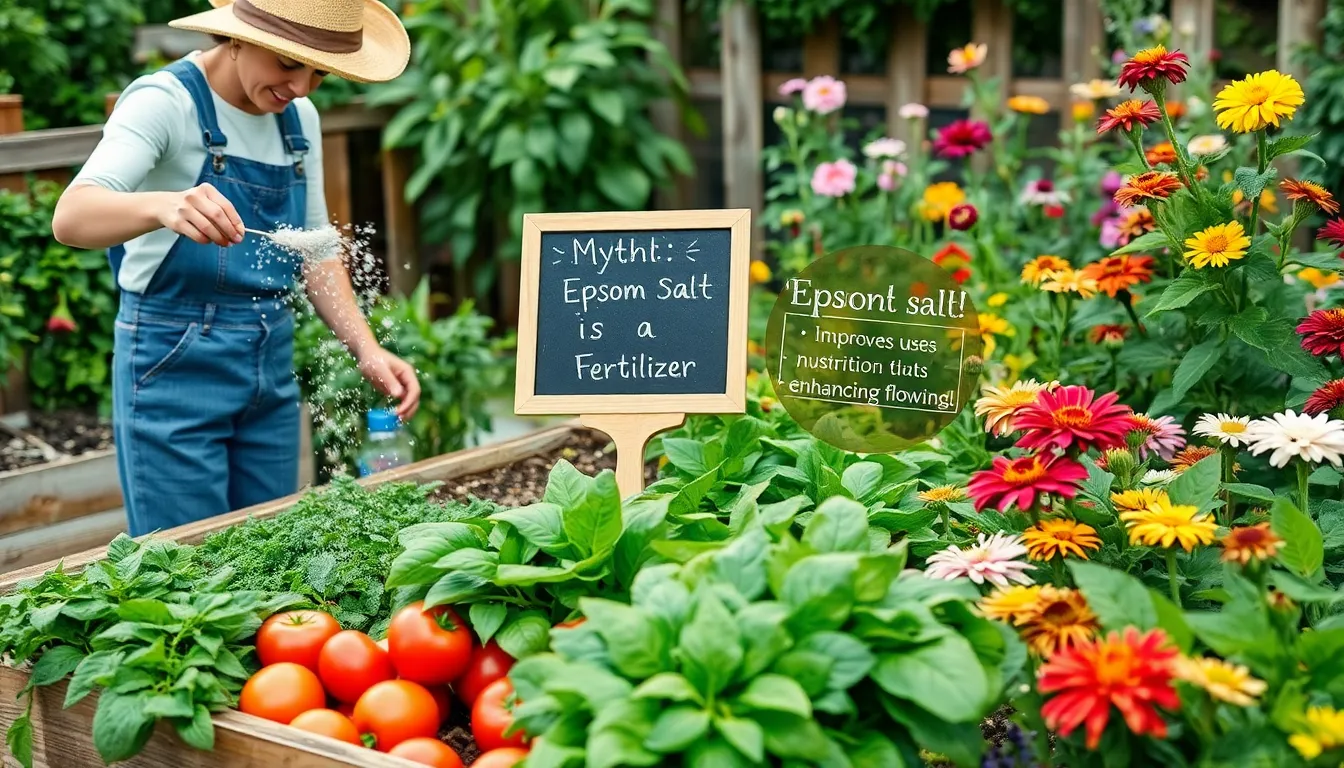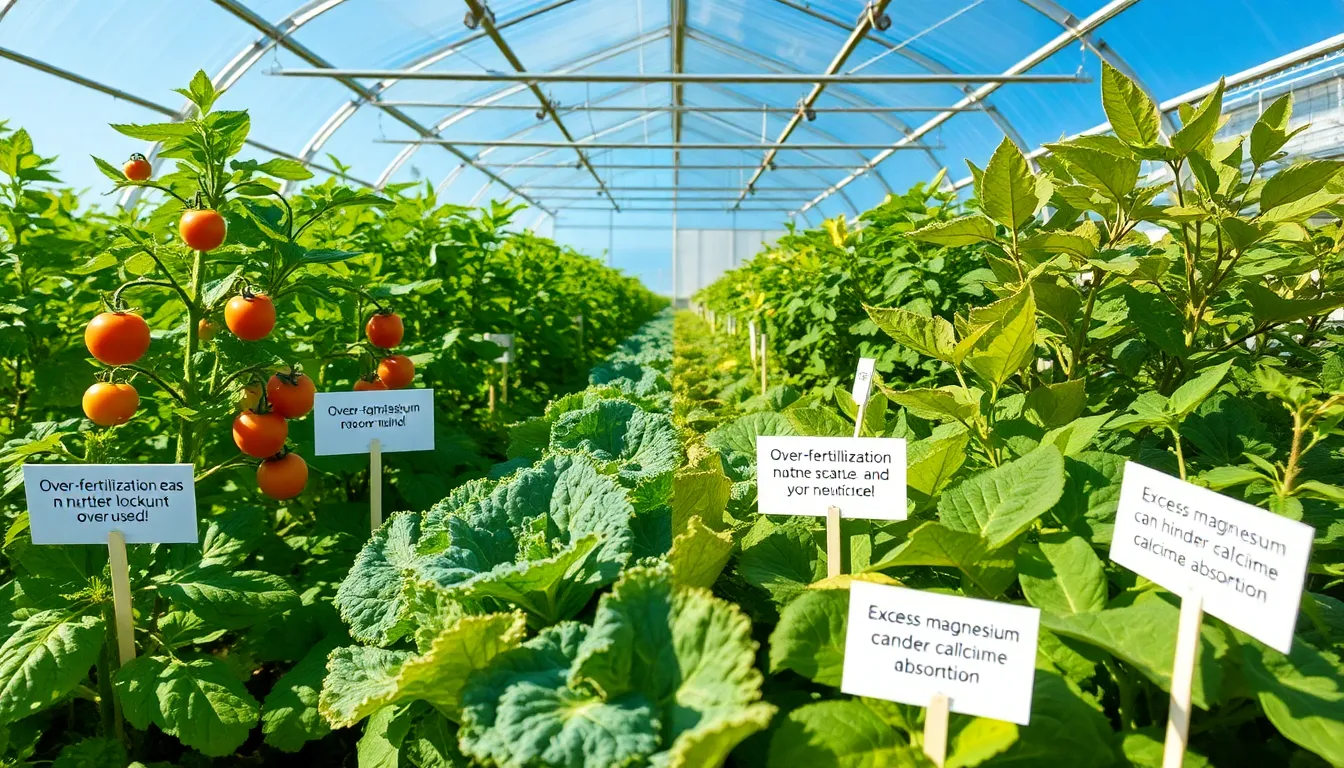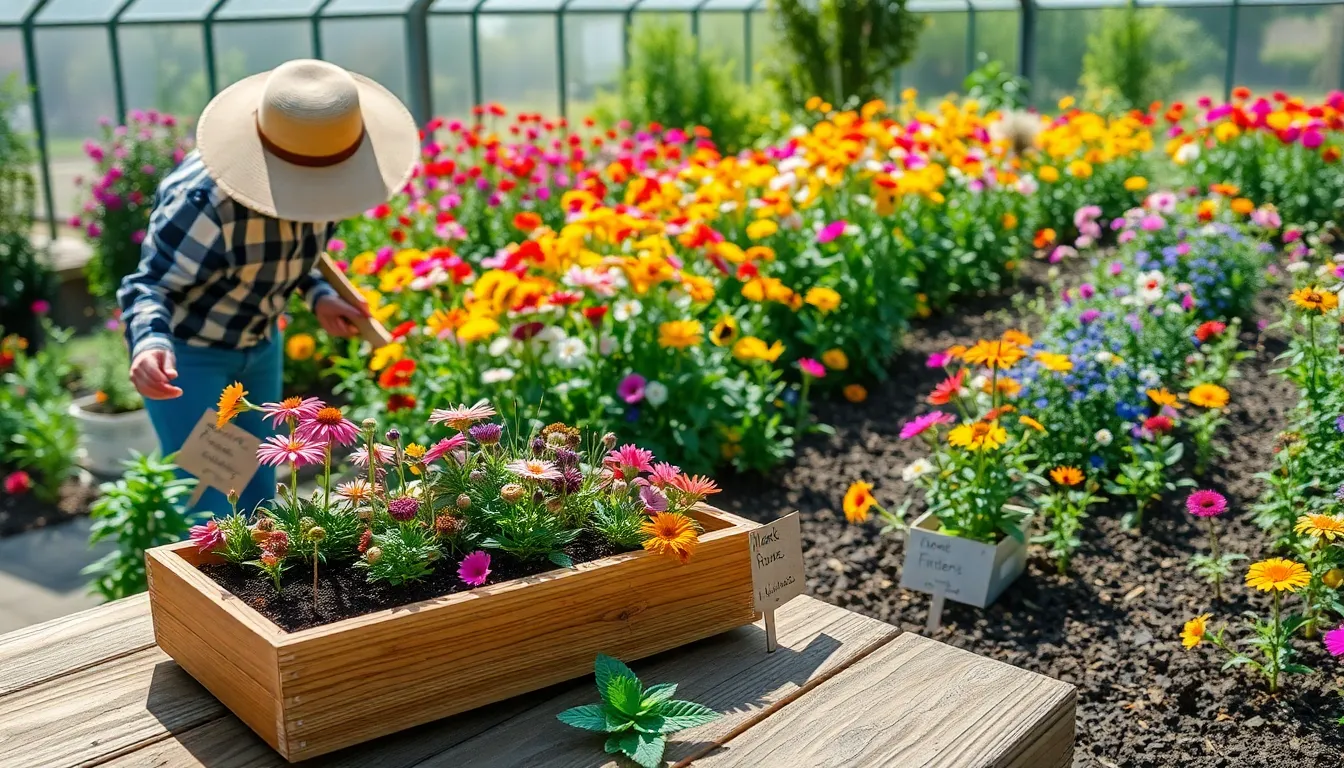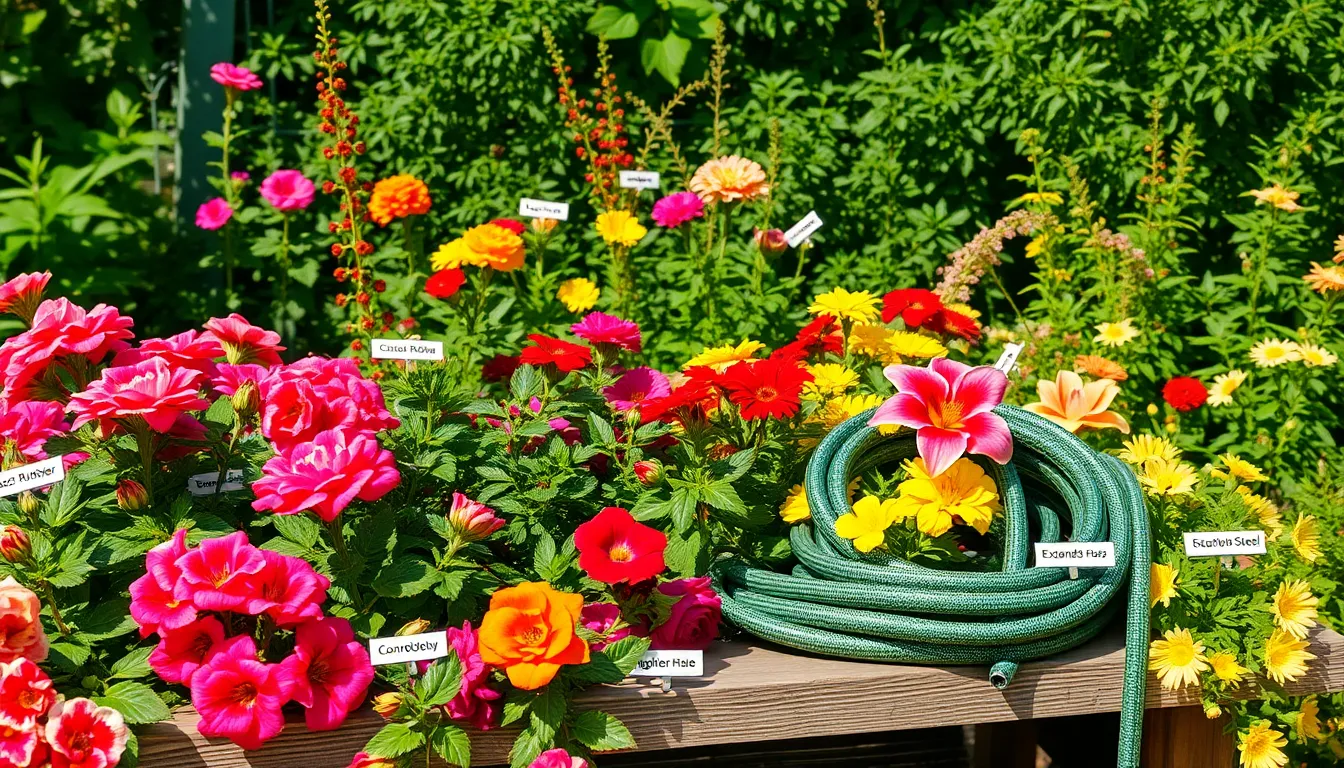In the world of gardening, where every decision can lead to a flourishing oasis or a wilted patch, the use of Epsom salt has sparked both curiosity and confusion. For those new to gardening, the idea of enhancing plant health with something as simple as Epsom salt might seem like a magical shortcut, while seasoned gardeners might recall conflicting advice about its effectiveness. This topic is ripe for exploration, as understanding the myths surrounding Epsom salt can transform your garden into a thriving sanctuary.
Many gardeners have heard tales of Epsom salt’s miraculous powers, from boosting blooms to banishing pests. However, these stories often lack scientific backing, leaving both novices and veterans in a state of uncertainty. In this article, we will delve into the most common myths about Epsom salt use in gardening, providing clarity and practical advice. Whether you’re nurturing your first potted plant or managing a sprawling vegetable garden, this guide aims to equip you with the knowledge to make informed choices for your green space.
Origins of Epsom Salt Myths
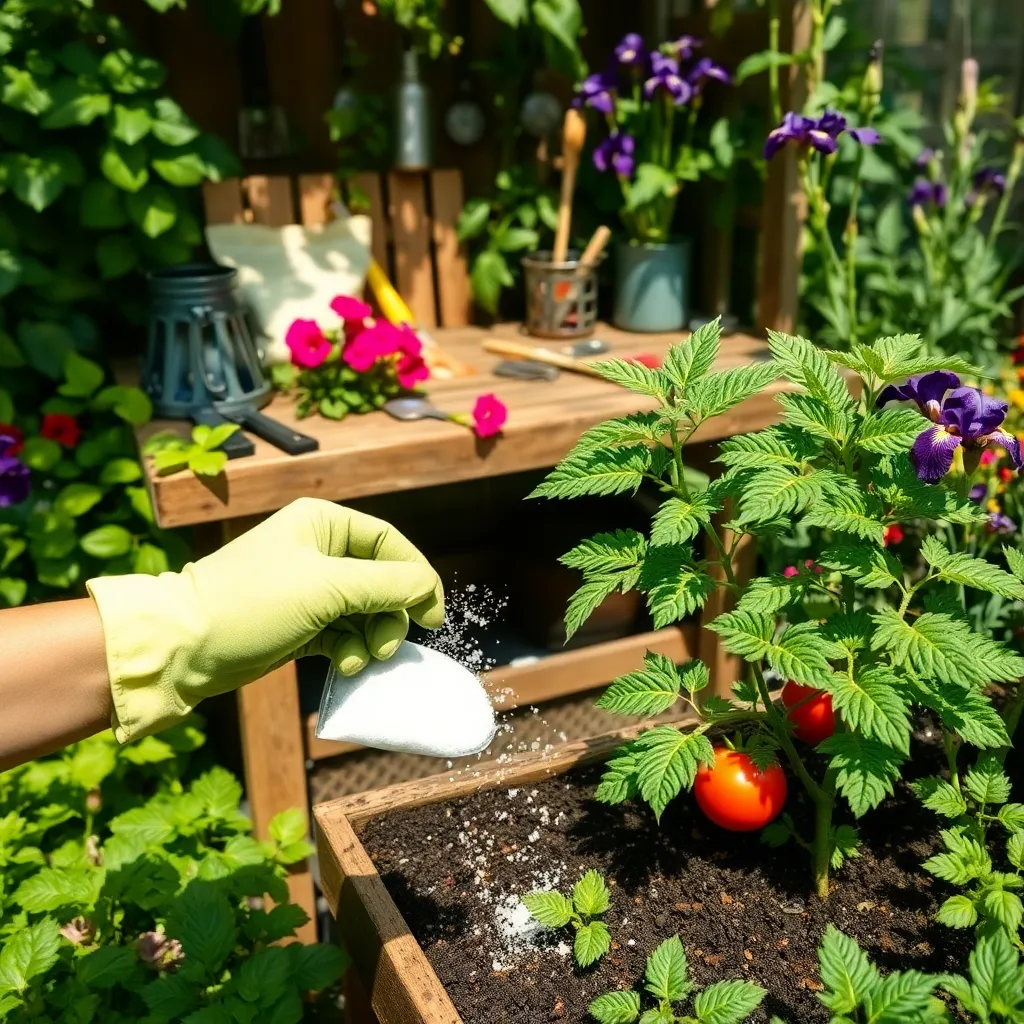
The origins of Epsom salt myths in gardening can be traced back to its long-standing use in agriculture. Historically, Epsom salt, which is chemically known as magnesium sulfate, was touted for its ability to improve plant growth by supplementing magnesium—a crucial nutrient for photosynthesis.
Some gardeners believed that Epsom salt could remedy a variety of plant ailments, leading to a proliferation of uses that were not always scientifically justified. For example, while it can be beneficial for magnesium-deficient plants, excessive use may lead to nutrient imbalances in the soil.
It’s important to understand that not all plants benefit equally from Epsom salt applications. Gardeners should first test their soil’s magnesium levels and observe specific plant symptoms, such as yellowing leaves, before proceeding with any treatment.
To ensure effective use, apply Epsom salt only when you have identified a genuine need. Mix one tablespoon of Epsom salt with a gallon of water and use it as a foliar spray for plants like tomatoes and peppers, which can sometimes benefit from additional magnesium.
Epsom Salt and Plant Growth
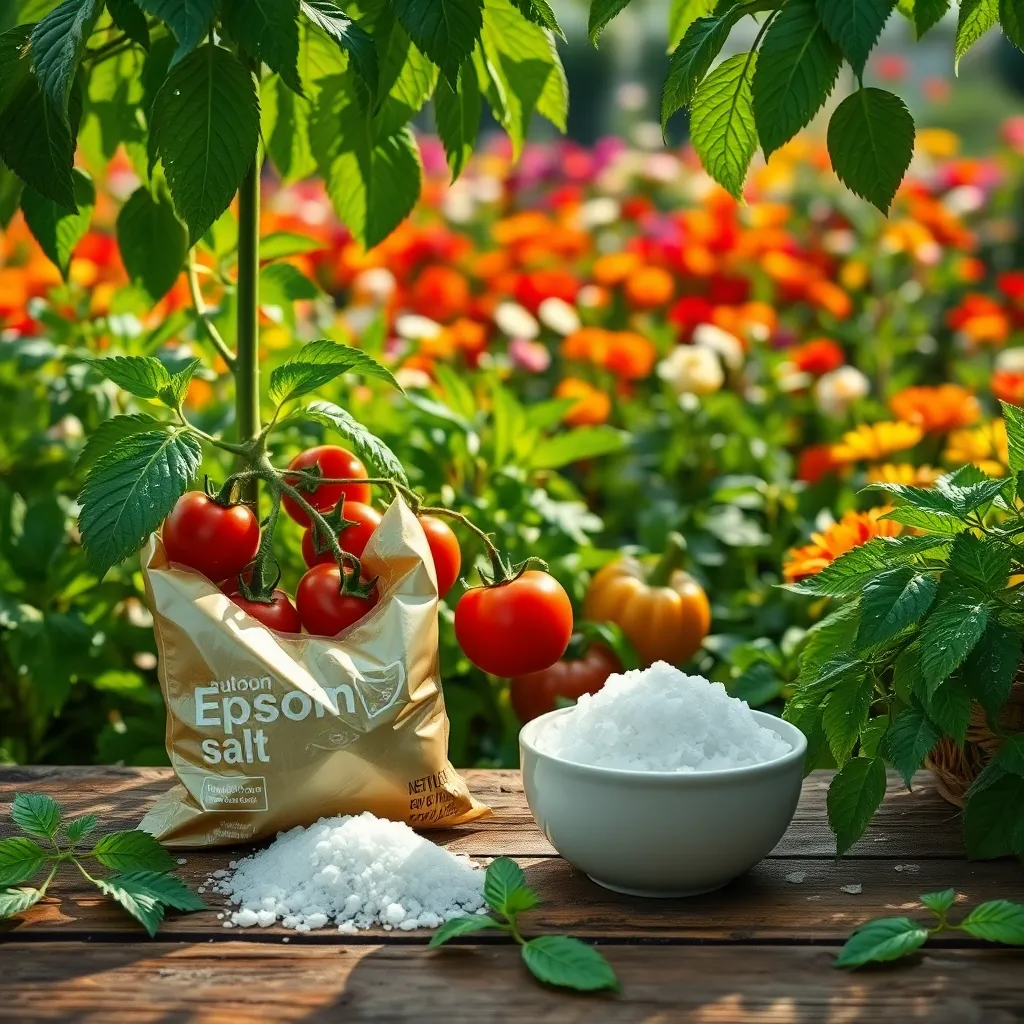
Many gardeners believe that Epsom salt can enhance plant growth due to its magnesium sulfate content. While it can be beneficial, it’s crucial to understand that not all plants require extra magnesium for optimal growth.
When using Epsom salt, assess your soil first to determine if there is a magnesium deficiency. Conducting a soil test is a practical first step to ensure you’re not adding unnecessary supplements that could disrupt your plant’s nutrient balance.
In cases where magnesium is needed, Epsom salt can be mixed into the soil before planting. A general recommendation is to add one tablespoon per gallon of water and apply it to the soil monthly during the growing season, but adjust based on your specific plant needs.
For vegetables like tomatoes and peppers, which benefit from magnesium, Epsom salt can support healthy growth. However, be cautious with application frequency, as overuse can lead to an imbalance of other essential nutrients.
Advanced gardeners might experiment with foliar sprays, applying a diluted Epsom salt solution directly to leaves. This method allows for quick absorption but should be done sparingly to prevent leaf scorch and other issues.
Debunking Fertilizer Alternatives
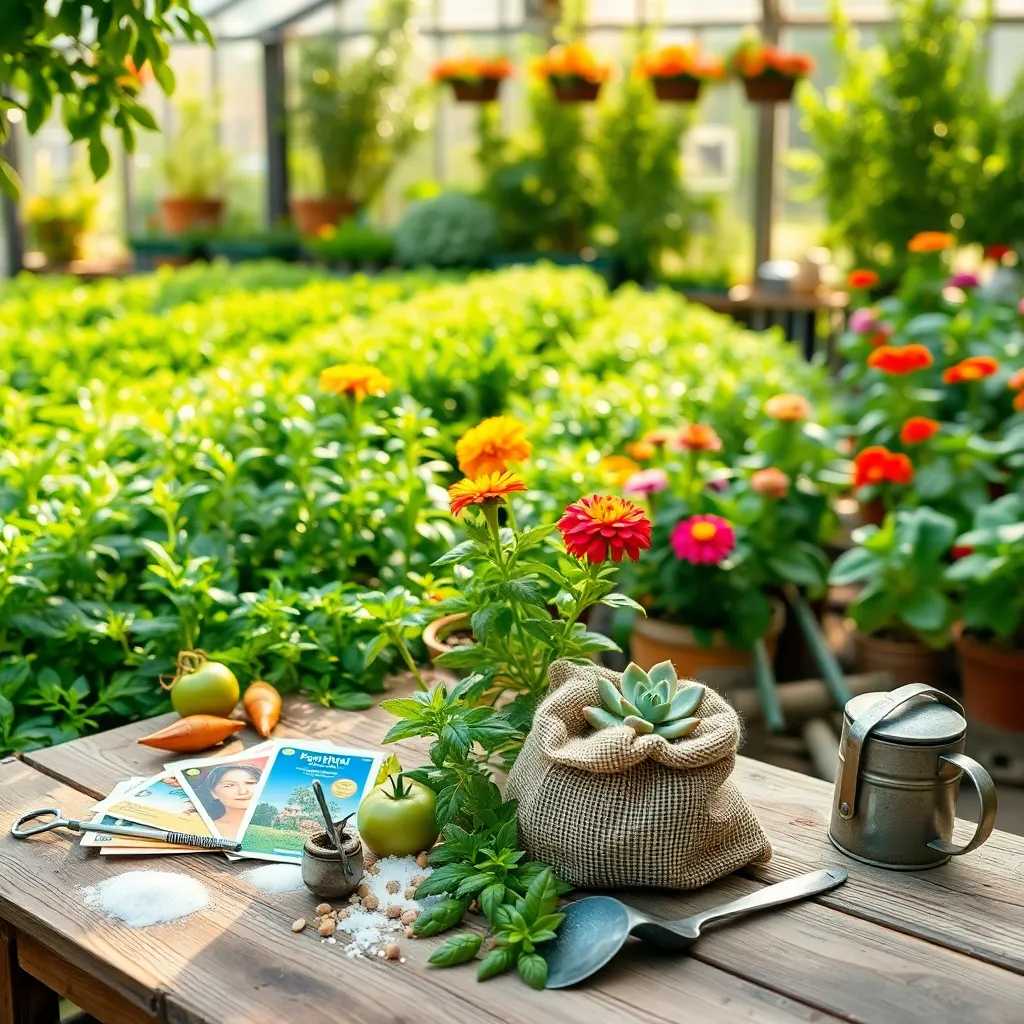
Many gardeners turn to alternative fertilizers like Epsom salt, believing it enhances plant growth significantly. However, while Epsom salt does provide magnesium and sulfur, these nutrients are not universally required by all plants in large quantities.
For a more balanced approach, consider conducting a soil test before adding any amendments to your garden. This will help you understand the specific nutrient needs of your soil, allowing you to tailor your fertilization strategy effectively.
Composting is an excellent alternative that provides a broader range of nutrients than Epsom salt. By maintaining a compost pile, you can create a sustainable nutrient cycle, enriching your soil with organic matter and essential nutrients.
When using fertilizers, it’s essential to consider the specific requirements of the plants you are growing. For instance, tomatoes and peppers may benefit from additional magnesium if your soil is deficient, but many other plants do not require these extra nutrients.
Incorporating organic matter like well-rotted manure or composted leaves can improve soil structure and nutrient content over time. These amendments also help retain moisture, which is crucial for plant health and growth, especially in sandy soils.
Ultimately, understanding your soil’s needs and tailoring your fertilization methods accordingly will lead to healthier plants. By moving beyond myths and embracing a science-based approach, you can cultivate a more productive and sustainable garden.
Impact on Soil Health
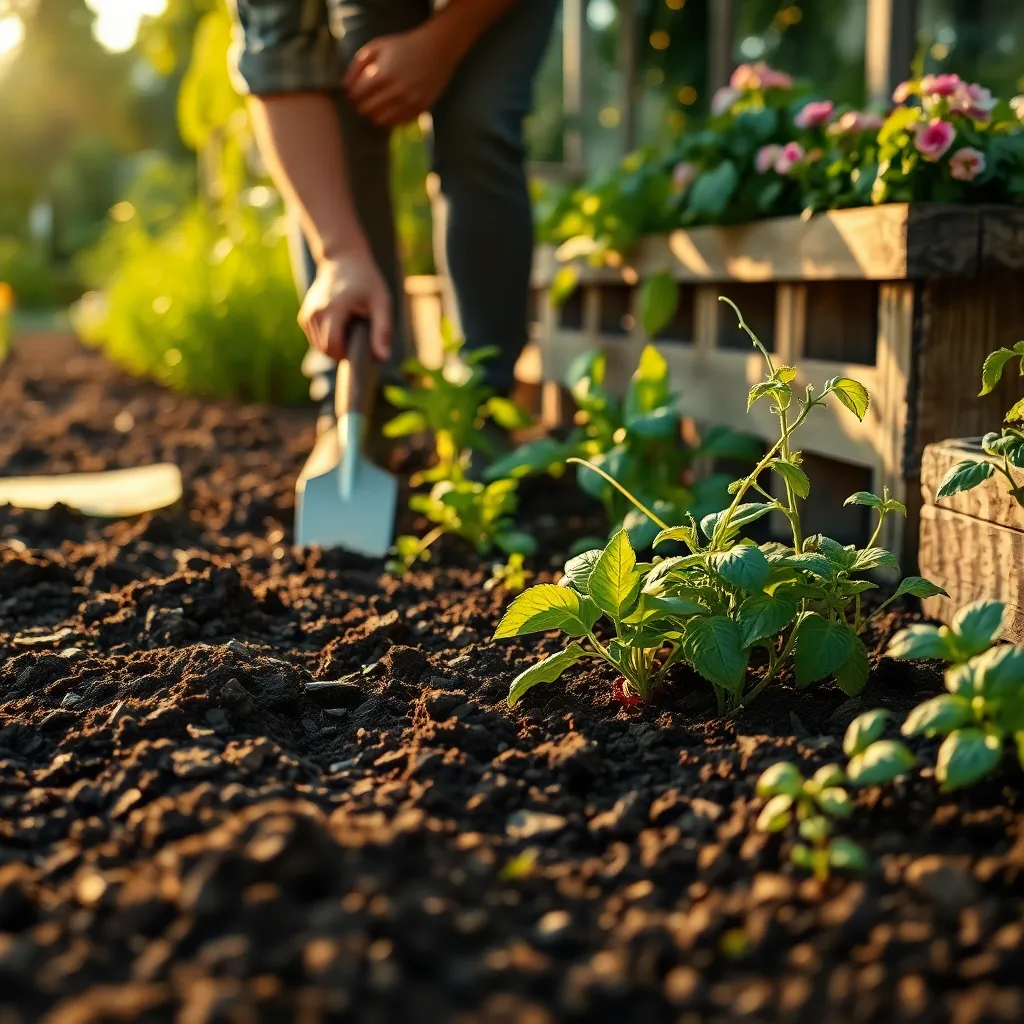
When considering soil health, it’s crucial to understand that adding Epsom salt is not a one-size-fits-all solution. While magnesium sulfate, the primary component of Epsom salt, can benefit certain plants, excessive use can upset soil nutrient balance.
Understanding your soil’s specific needs is a practical first step. Conducting a soil test can provide insights into nutrient deficiencies or imbalances, guiding you on whether Epsom salt is appropriate for your garden.
For gardeners with sandy soil, magnesium leaches out quickly, potentially justifying the use of Epsom salt. However, clay or loamy soils often retain nutrients better, meaning Epsom salt might not be necessary and could even lead to nutrient competition.
Consider the plants you are nurturing, as their needs can differ significantly. Tomatoes, for instance, may benefit from a light application of Epsom salt to promote fruit development, but this should be done in moderation and based on observed deficiencies.
Advanced gardeners might experiment with foliar sprays of Epsom salt for quick magnesium uptake. Mix one tablespoon of Epsom salt per gallon of water and spray the leaves for a direct nutrient boost—ensuring you do this in cooler parts of the day to prevent leaf burn.
Safe Epsom Salt Practices
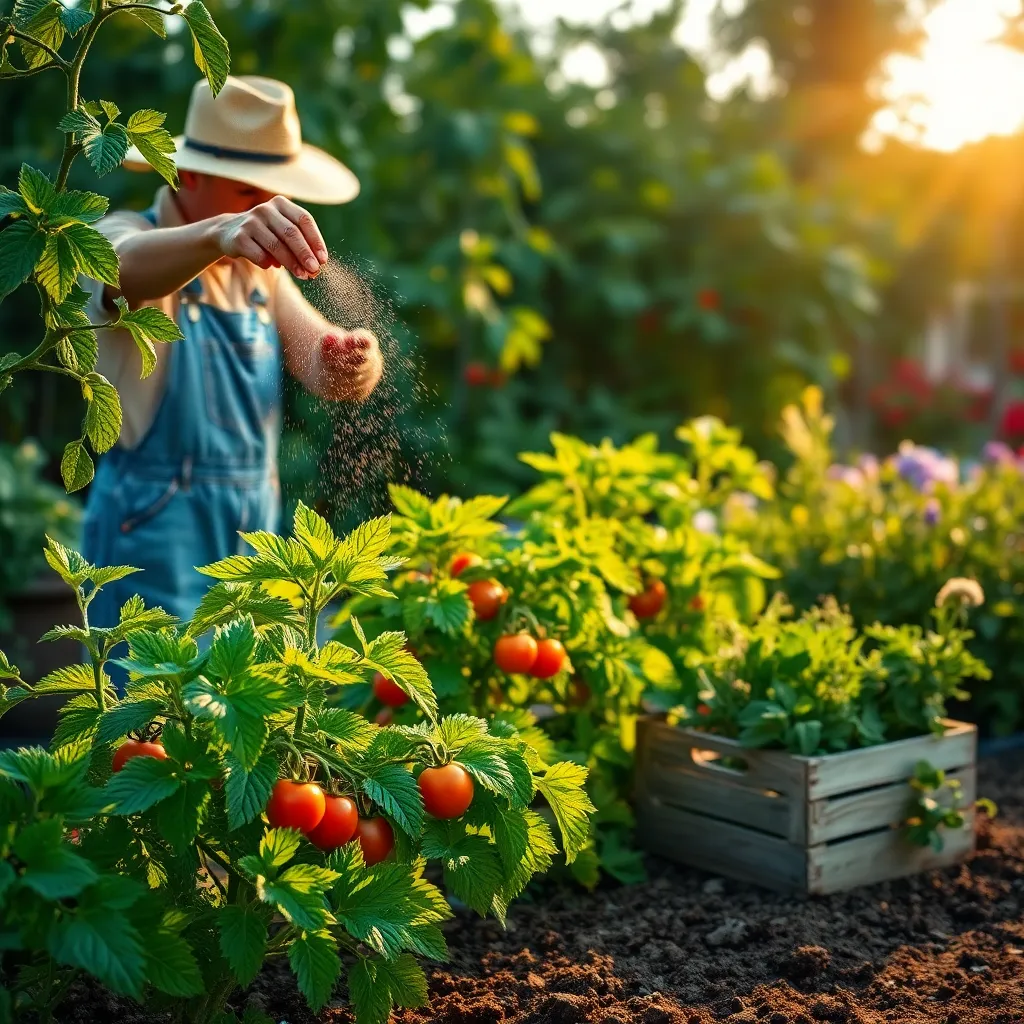
Using Epsom salt in gardening can be beneficial when done correctly, but it’s important to apply it safely. Begin by performing a soil test to determine if your soil actually needs the magnesium and sulfur that Epsom salt provides, as unnecessary application can disrupt soil balance.
Once you confirm the need, apply Epsom salt as a foliar spray for quick absorption by the plants. Mix one tablespoon of Epsom salt with one gallon of water and spray it on the leaves in the early morning or late afternoon to avoid sunburn.
For soil application, sprinkle Epsom salt around the base of the plant, ensuring it’s evenly distributed. Water the area thoroughly after application to help the salt dissolve and be absorbed effectively by the roots.
Advanced gardeners might consider using Epsom salt to boost the growth of specific plants like tomatoes and peppers, which often benefit from additional magnesium. However, always observe your plants for any signs of overuse, such as leaf burn or yellowing, and adjust your practices accordingly.
Conclusion: Growing Success with These Plants
In exploring the fascinating intersection of Epsom salt myths and gardening, we’ve uncovered five key relationship concepts: the importance of nurturing growth through knowledge, the power of dispelling myths for better understanding, the significance of trust in shared experiences, the necessity of adapting to changing environments, and the value of patience in cultivating fruitful outcomes. By debunking common misconceptions, we strengthen not only our gardens but also our relationships, fostering environments where both can thrive.
Your next actionable step is to apply these insights to a relationship in your life—whether it’s with a partner, friend, or family member. Take a moment to identify a common myth or misunderstanding that might be hindering growth and work together to address it.
Bookmark this article to keep these empowering concepts at your fingertips whenever you need a reminder of the transformative power of truth and understanding. Looking ahead, remember that relationships, like gardens, require continuous care and attention. Armed with knowledge and intention, you’re well on your way to nurturing connections that flourish and withstand the test of time. Save this page now and let it be your guide to lasting relationship success.

